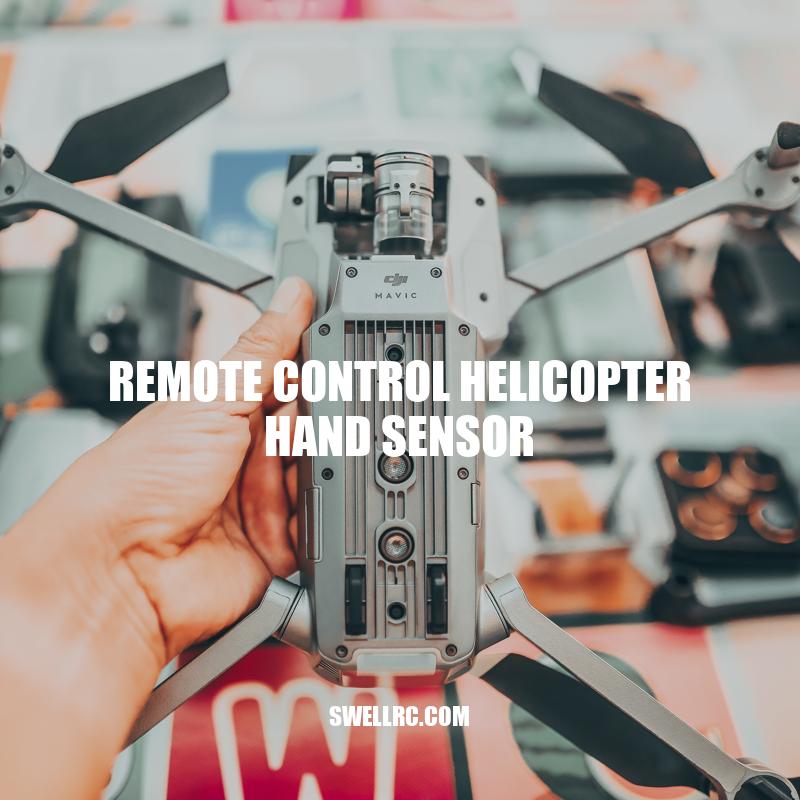Remote Control Helicopter Hand Sensor: Easier Operation with Innovative Technology
Remote control helicopters are fascinating toys that offer a fun and interactive experience. They provide people with a chance to explore their surroundings from a different perspective. With advancements in technology, remote control helicopters have become more accessible and easier to operate. One such technology is the hand sensor, which allows users to operate the helicopter using their hands. This feature is particularly useful for children and beginners as it reduces the need for complex thumb operations. In this article, we will delve into the remote control helicopter hand sensor and explore how it works, its benefits, how to use it, and address some common problems that users may face.
Hand Sensor Technology in Remote Control Helicopters
A hand sensor is a feature in remote control helicopters that allows the user to control the device using hand gestures. Instead of using a traditional remote control, the user can use the sensors to move the helicopter in different directions. Various types of hand sensors have been developed by companies to provide different experiences to users. These hand sensors include:
– Gesture sensors
– Proximity sensors
– Optical sensors
– Capacitive sensors
– Inertia-based sensors
Each sensor has its specific function, making it easy to find one that meets your needs. Companies such as DJI, Syma, and Holy Stone have incorporated the hand sensor technology into their products, making them very accessible to remote control helicopter enthusiasts.
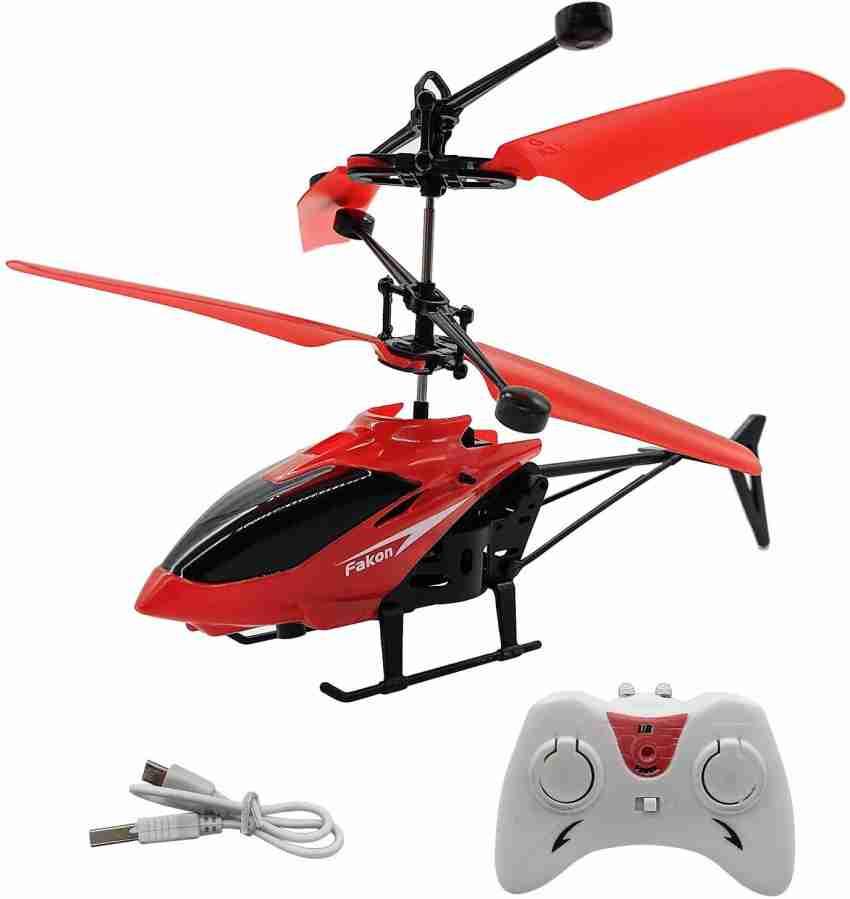
What are the different types of hand sensors used in remote control helicopters?
There are various types of hand sensors used in remote control helicopters such as gyro sensors, accelerometer sensors, and magnetometer sensors.
Revolutionizing control: the convenience and benefits of hand sensor technology for remote control helicopters
Remote control helicopters with hand sensors operate by using motion-sensing technology. This allows the hand sensor to pick up the user’s hand gestures, translating them into commands for the helicopter. There are different types of technology used to make this possible, including gyroscopes, accelerometers, magnetometers, and barometers.
The hand sensor technology provides numerous benefits to users, including:
– Easier and more intuitive control of the helicopter
– A reduction in the need for constant thumb operations
– Improved hand-eye coordination
– Allows for simpler operation for children and beginners
– A more realistic flying experience
Products such as the DJI Mavic Pro 2 and Syma S109G incorporate this technology to provide a satisfying and enjoyable experience for the user.
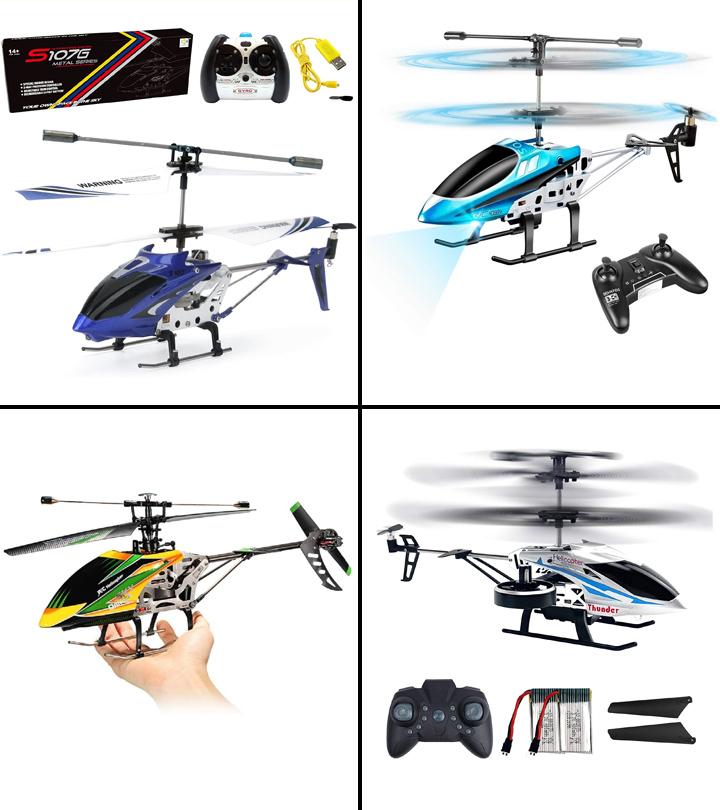
What are the benefits of using hand sensor technology in remote control helicopters?
Using hand sensor technology in remote control helicopters offers various benefits, such as increased control precision, ease of use, and intuitive gesture-based interaction. It allows users to control the helicopter’s movement with simple hand movements, making it easier for beginners to learn and navigate. Additionally, hand sensor technology can also offer improved safety features by automatically detecting any obstacles in the helicopter’s path, preventing collisions and accidents.
Advantages of Using Hand Sensors for Remote Control Helicopters
Using hand sensors in remote-controlled helicopters offers significant convenience compared to traditional thumb-operated controllers. Some of the advantages of using hand sensors include:
– Reduced need for constant thumb operations, reducing muscle fatigue and stress on the hand
– Improved accuracy in controlling the helicopter
– Allows for more fluid, natural movements
– Enhanced safety since the user’s hands are not tied to a controller
– Shorter learning curve, making it easier for children and novice users to operate the helicopter
Products like Syma S107G and Blade Nano S3 incorporate this technology and have gained popularity due to their ease of use and enhanced maneuverability.
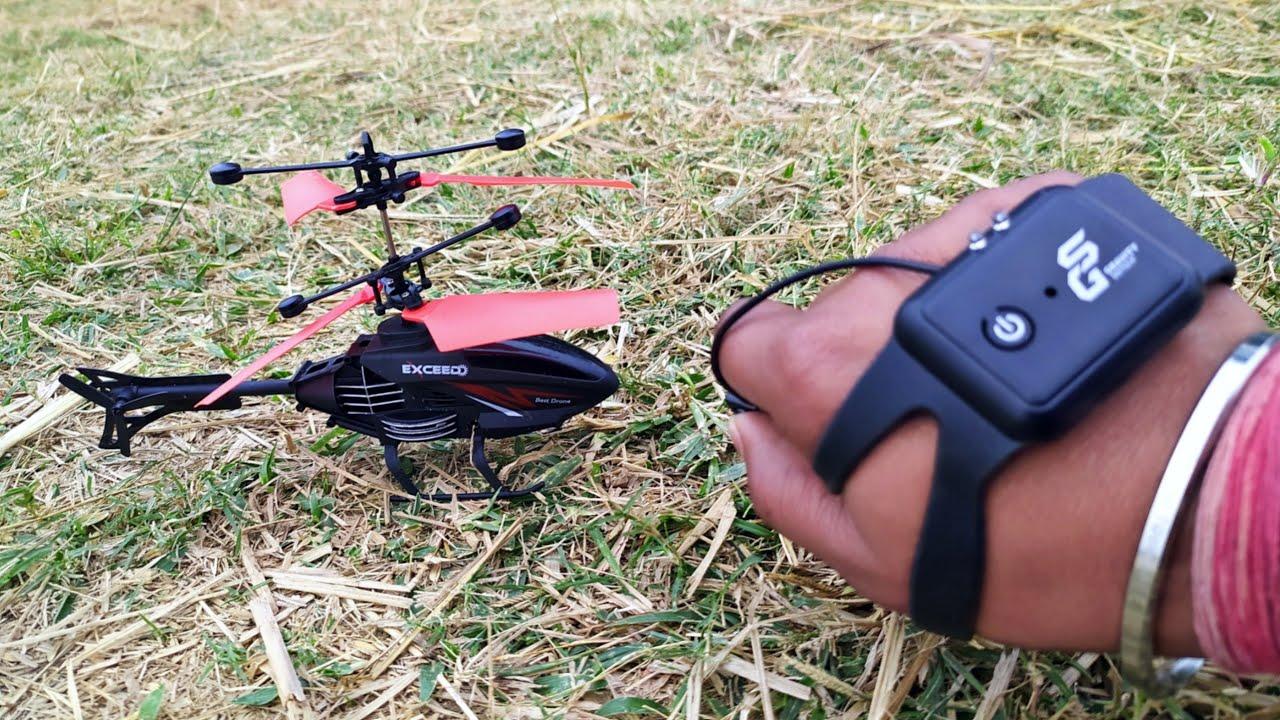
What are the advantages of using hand sensors in remote-controlled helicopters, particularly for children and novice users?
Hand sensors in remote-controlled helicopters provide advantages for children and novice users as they offer a more intuitive and easier way of maneuvering the helicopter. With hand sensors, the user’s hand movements determine the movement of the helicopter, eliminating the need for complex button controls. This makes it easier for beginners to operate the helicopter and enjoy their flying experience.
Effortlessly control your remote-controlled helicopter with a hand sensor.
Using hand sensors in remote-controlled helicopters is easy with the following steps:
1. Familiarize yourself with the user manual of your remote-controlled helicopter
2. Ensure that the controller batteries are fully charged
3. Put on the hand sensor and pair it with the controller according to the manufacturer’s manual
4. Familiarize yourself with the basic and advanced controls
5. Take proper precautionary measures when using a remote-controlled helicopter with a hand sensor like avoiding obstacles and flying in open and safe areas
Websites like Amazon and Blade Helis offer various types of remote-controlled helicopters with hand sensors, ensuring one can choose a product based on their preferences and budget.
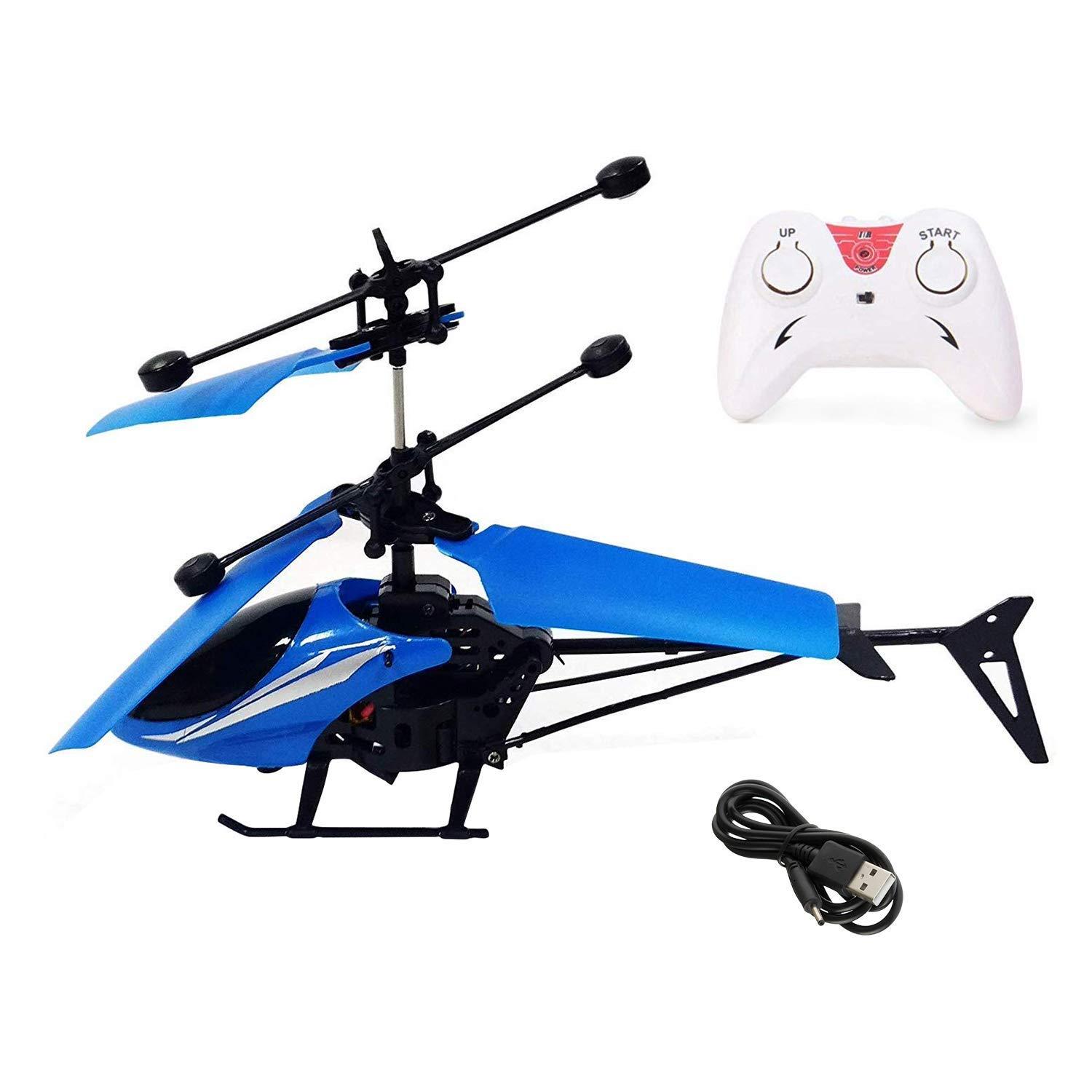
Where can I find remote-controlled helicopters with hand sensors for purchase?
You can find remote-controlled helicopters with hand sensors for purchase online on various websites such as Amazon, eBay, and specialized hobby stores.
Resolve Common Problems with Remote Control Helicopter Hand Sensors
When operating remote control helicopters with hand sensors, users can face some common challenges like:
– Difficulty in pairing and syncing the controller and hand sensor
– Battery drains quickly
– Limited range
– Interference with other signal devices
These problems can be resolved by:
– Following the manufacturer’s manual instructions carefully
– Replacing the batteries in both the controller and sensor
– Choosing a product with a larger range to avoid interference
– Seeking help from the manufacturer’s customer service helpline when problems persist
Websites like Blade Helis and Amazon offer a wide range of remote-controlled helicopter products with hand sensors that suit different needs and preferences.
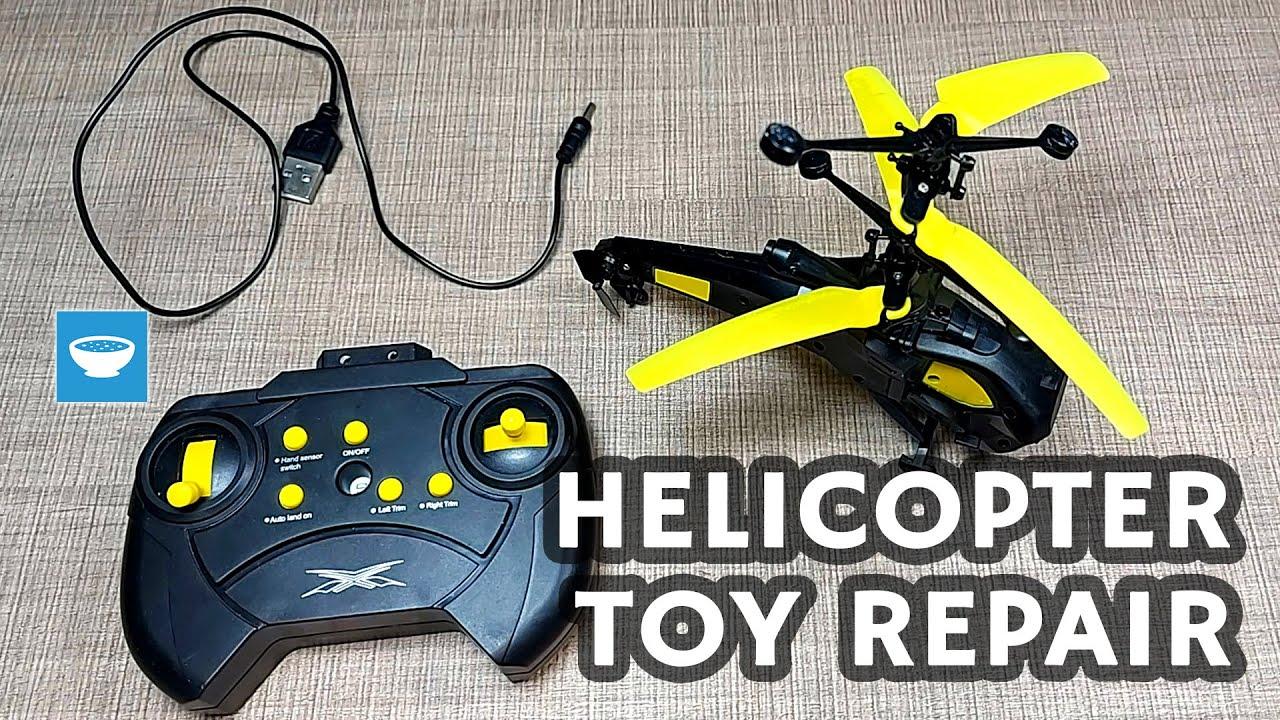
What are some tips for resolving common challenges when operating remote control helicopters with hand sensors?
Some tips for resolving common challenges when operating remote control helicopters with hand sensors include practicing in a large, open space, ensuring the helicopter batteries are fully charged, adjusting the sensitivity of the sensors, and using a slower speed setting to start. It is also important to read the manual thoroughly and seek assistance from an experienced user or customer support if needed.
Conclusion
In conclusion, the hand sensor feature in remote control helicopters is a significant improvement for enthusiasts of this popular toy. It offers a more convenient and enjoyable experience, making it easier for users, especially children. With the hand sensor feature, remote-controlled helicopters are more intuitive to operate, allowing users to have more fun while flying and performing tricks. However, one needs to keep in mind that like any other device, these gadgets are not without their challenges. Users must read the manufacturer’s manual carefully and seek help when faced with any problems, as this can make the entire experience more enjoyable and less frustrating. In sum, remote control helicopter hand sensors are an excellent addition to remote-controlled toys, making these gadgets more sought-after by enthusiasts of all ages.

